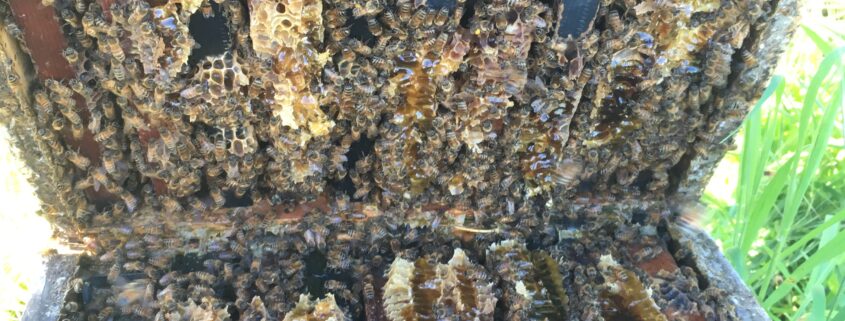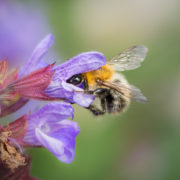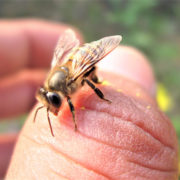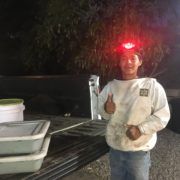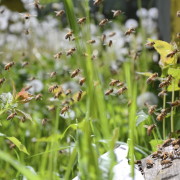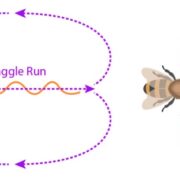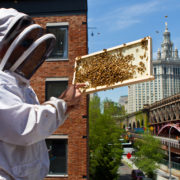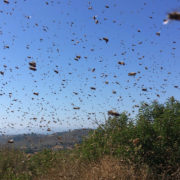A Honey-Bound Colony
Who isn’t overjoyed with a beehive that’s filled with honey? Sometimes, however, there can be too much of a good thing. When a hive fills up with honey, and the bees continue to forage and plug all the extra space with even more honey, the bees face a real problem. So where will they store all this new honey if the hive is already full or near full capacity? Even worse, what if a honey flow is still in the works and fresh nectar continues to pour in rapidly?
Bees naturally like to store honey on the edges of their hive, as the sides and the top are their favorite places for honey. They also like to leave the central portion of the hive free from honey so that they have open space for brood rearing. The honey on the outside provides a natural layer of insulation. It leaves the center region of the hive available for egg-laying and brood-rearing. If all is going well, there typically is an equal balance of honey and brood in a beehive, with the insulating honey on the outside and warm brood on the inside.
When bees in a hive run out of open space to pack in new nectar, they really have no place else to turn other than to creep into the brood area. As the foraging bees in the colony begin to use the only available open space for offloading nectar—the central brood chamber—the beehive becomes out of order. This means that over time the queen’s area to lay eggs keeps reducing to the point where she finds less and less space to do her thing.
Honeybees never stop foraging. Even when their hive is full of honey, the bees can’t help themselves! They keep going, bringing in more and more honey. This means that unless the honey flow slows down or the bees somehow have more space, they will quickly encroach their brood area. In most cases, to resolve this problem, the bees’ instinct will be to swarm.
As a beekeeper, allowing a colony to become honey-bound and wanting to swarm is bad beekeeping. There is no reason for this to happen. As soon as a beekeeper becomes aware of a strong honey flow or the beginning stages of a honey flow, the beekeeper should provide sufficient space for the bees to store the honey. They can do so by removing honey frames or by adding an empty super.
Did you know that a beekeeper can even create honey-bound conditions by over-feeding? Sometimes, we have seen beekeepers go overboard with supplemental syrup feeding during a dry spell. This leads to the same effect, even without a natural honey flow! The bees store this abundance of syrup, so the entire brood area gets clogged. If this happens during the late summer or fall, when the bees might not be tempted to swarm, the bees shut down brood rearing due to the lack of space. The result is a colony that naturally shrinks its population for no other reason than being honey-bound and having no brood space.

